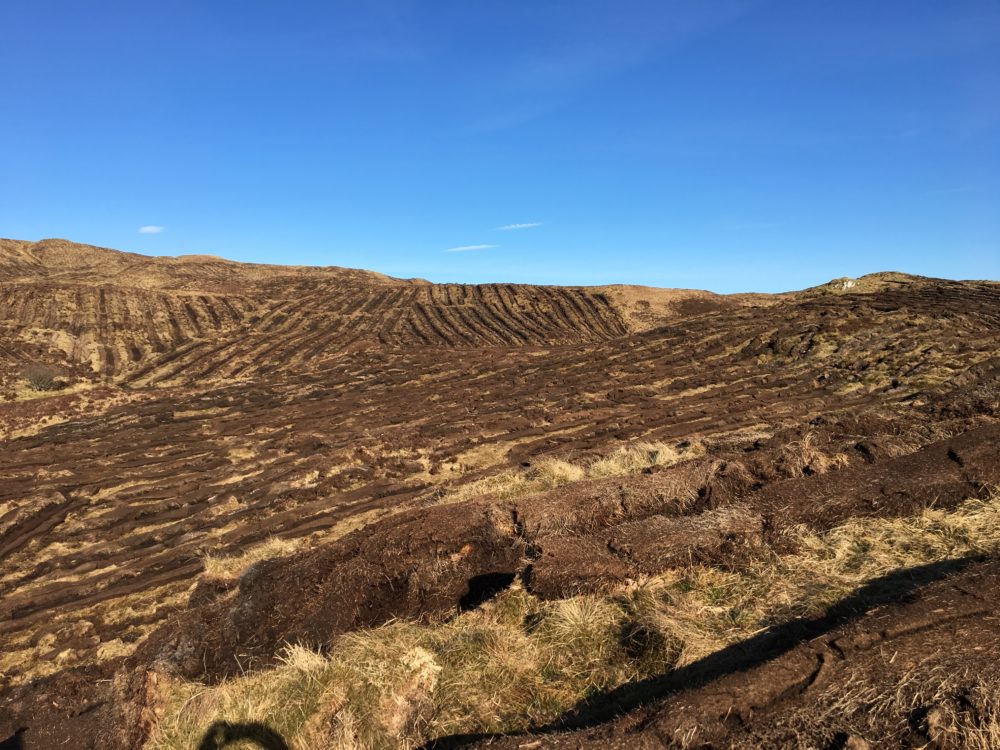Quality Throughout
Preparation is the Key!
A NEW area of woodland is going to be around for a long time so careful consideration needs to be taken when preparing the ground before planting and deciding how many trees should be planted.
Both plant density and ground preparation are important decisions in woodland creation. One facilitates the other and ground prep comes first. It’s called ‘ground prep’ but in reality it’s cultivation. Our forest managers take time to ensure conditions are right before planting begins including checking that the method of cultivation suits the site.
What are the benefits?
The benefits of cultivation are well known. Cultivation can alleviate soil compaction. Soil is aerated and this aids air and water penetration and helps the micro-organisms in the soil to perform all kinds of important tasks creating nutrients for the plants. The breaking up of the soil profile improves the structure and provides the space necessary for root development.
Cultivation can also reduce weed competition, allow more effective use of herbicides, and on the less fertile soils it can reduce the need for herbicides.
It actually raises the soil temperature and warms the site, improving conditions for growth and reducing risk from frosts.
Put simply, the dark colour of the soil better absorbs sunlight. The warmth absorbed during the day is then released overnight. When related to plant density it allows the setting out of a grid for planters to ensure they meet the required spacing.
Understanding Objectives
When it comes to the required plant density we firstly have to understand the owners objectives. We can then determine the plant spacing. Normally, grant density minimums are 2500 conifers and 1100 to 1700 broadleaves per hectare in order to gain consent.
Commercial conifer is usually planted at 2,700 per hectare (ha). This allows for some morality and brings comfort that the minimum grant-aided 2,500 will be met.
It also ensures that trees are not too tightly spaced so as to be drawn up when competing for space, or too widely spaced to allow coarse side branching to develop. Commercial (or productive) broadleaves are also planted at a higher density.
There are different ways to achieve a set grid and different equipment available. The options will vary dependant on whether you are restocking or planting bare ground for the first time.
The first rotations of upland commercial forests were cultivated in the main by ploughing. This created a raised linear ribbon on which the tree was planted and an adjacent depression, known as furrow, which aided drainage.
The default for restock planting is spoil ditch or trench mounding. Normally a mound of approximately 20-30cm height and 0.25cm in area is created by excavating soil from a trench.
As most of the first rotation plantations were established by ploughing, when restocking, the excavated mound is normally placed in the old plough furrow, basically between the old rows. This means that your old spacing in one direction is already set so if the first rotation ploughing is a little narrow or wide between the plough furrows you can only adjust along them.
As ever with any form of ground preparation, good water management is key. Drainage work is part of the ground preparation process and the requirement varies dependant on the grounding conditions.
Tilhill Forestry’s managers have the experience to ensure compliance with European water framework directives and UK forest and water guidelines.
Through the planning process all environmental impacts are considered and mitigated and although we can experience difficulty seeking agreement with the regulators on ground preparation, the length and breadth of experience within our staff allows us to progress where others may fail.
You can download this information in a PDF as a case study here: Ground Preparation Case Study



